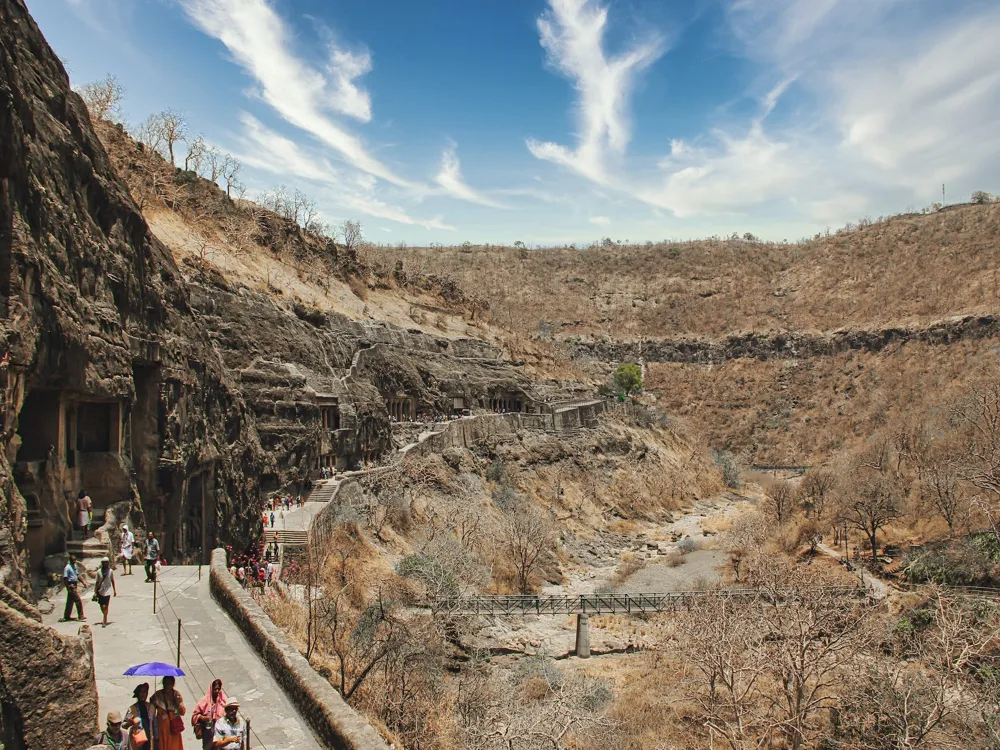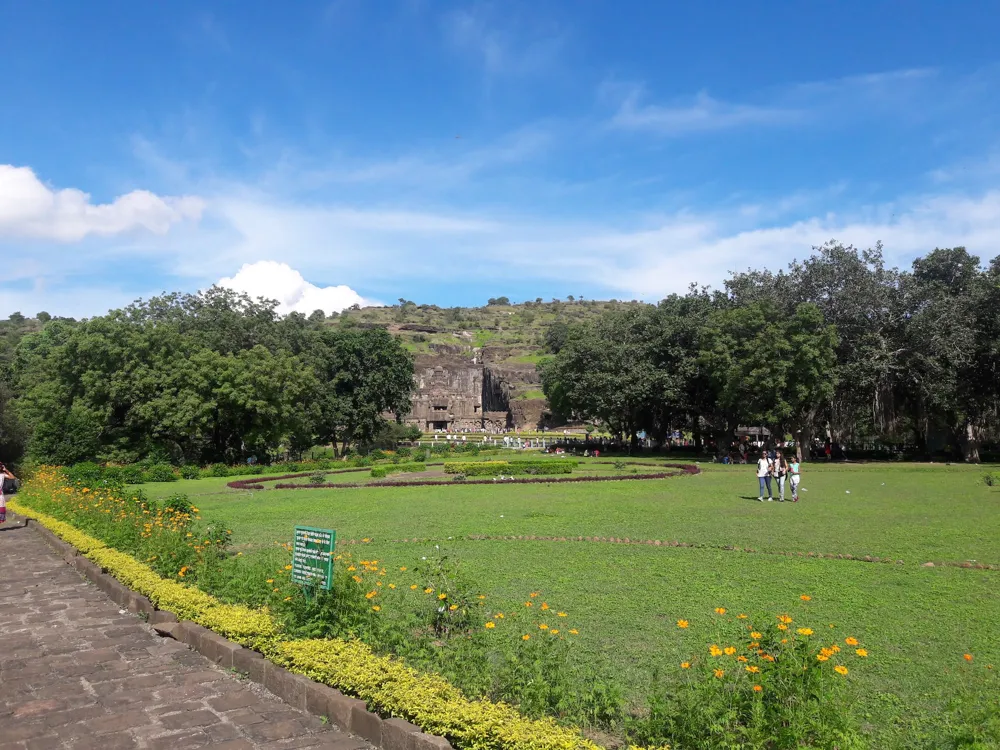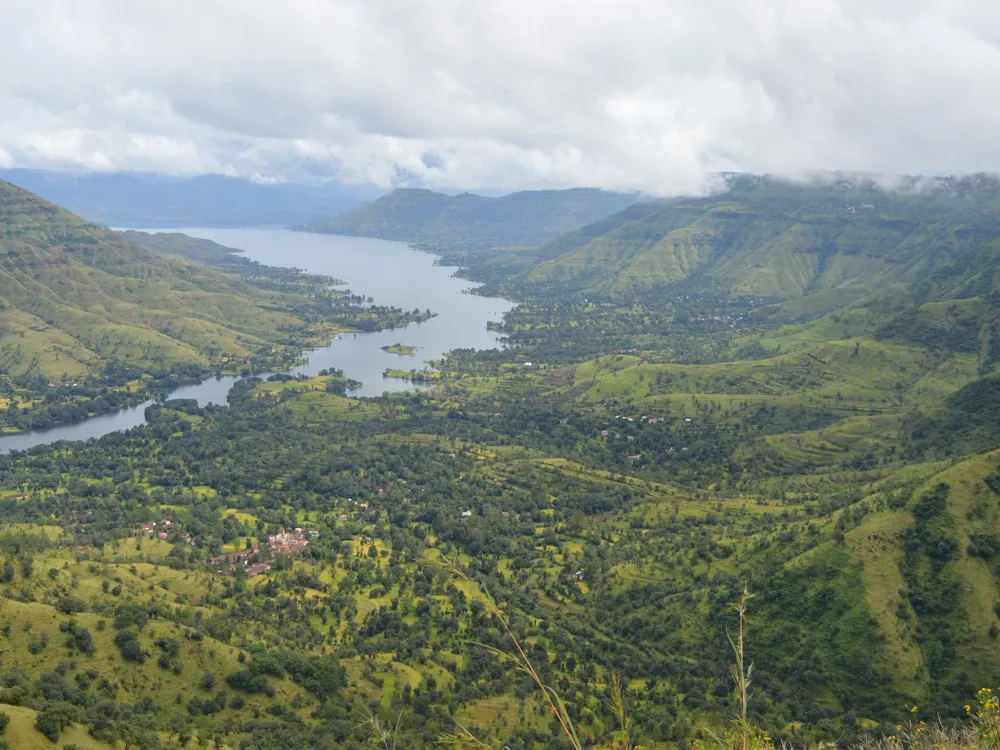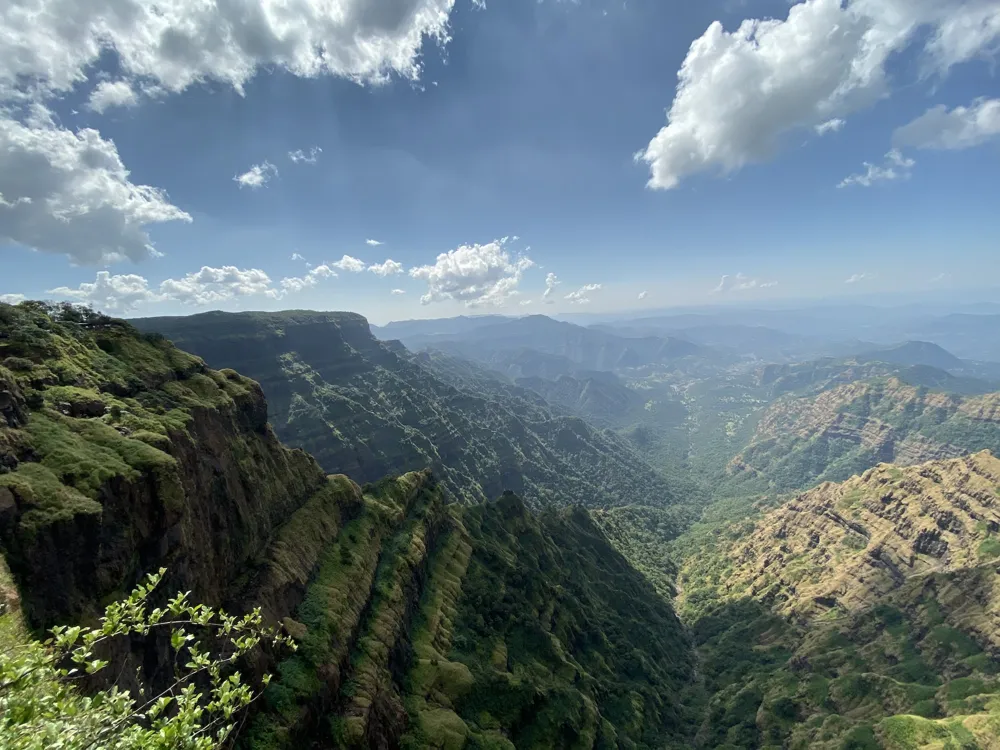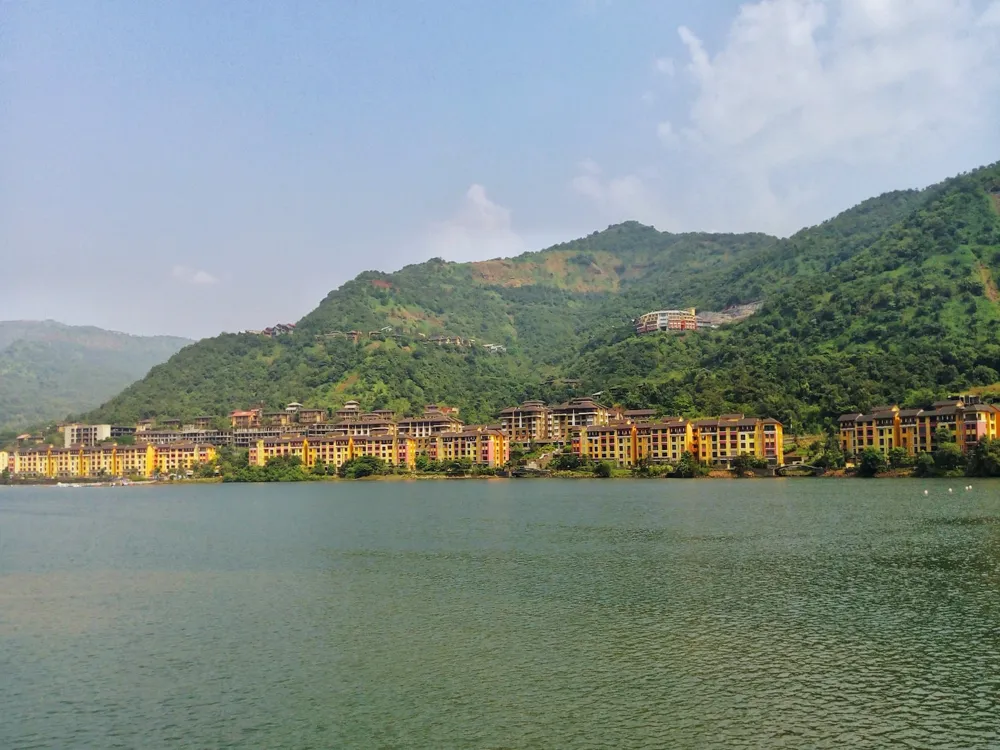The Dargah of Pir Ismail in Aurangabad, Maharashtra, is not just a symbol of religious significance but also a testament to the rich cultural and historical heritage of India. This revered site attracts thousands of visitors and pilgrims annually, seeking blessings and experiencing the tranquility it offers. The Dargah, dedicated to Pir Ismail, a respected saint, stands as a beacon of spiritual guidance and historical prominence in the region. The history of the Dargah is intertwined with the Mughal era, reflecting the influence of Islamic architecture and Sufi culture in India. Pir Ismail was known for his profound spirituality and was greatly respected by the Mughal rulers, particularly Aurangzeb, under whose reign the Dargah saw significant developments. This site has since become a melting pot of diverse cultures, symbolizing communal harmony and spiritual solace. Visitors to the Dargah are immediately struck by its serene ambiance, enveloped by the chants and prayers that resonate within its walls. The Dargah complex houses the mausoleum of Pir Ismail, alongside other structures like a mosque, a meditation hall, and various ancillary buildings. The annual Urs, or death anniversary of Pir Ismail, is celebrated with great fervor, drawing devotees from far and wide, showcasing the site's enduring spiritual significance. The architecture of the Dargah of Pir Ismail is a splendid example of Indo-Islamic artistry, mirroring the aesthetic sensibilities and craftsmanship of the Mughal era. The Dargah's design is characterized by its elegant domes, intricately carved minarets, and the harmonious blend of Persian and Indian architectural elements. The main mausoleum, housing the tomb of Pir Ismail, is an epitome of architectural splendor, adorned with marble and precious stones. Upon entering the Dargah, one is greeted by an imposing gateway, which leads to a spacious courtyard. The courtyard, surrounded by arched galleries, provides a sense of openness and spiritual expanse. The dome of the mausoleum, a masterpiece in itself, is embellished with intricate patterns and Quranic inscriptions, resonating with the spiritual essence of the site. The use of jaali (lattice) work in the windows and the incorporation of water elements in the form of fountains and pools within the Dargah complex further enhance its tranquility. The blend of red sandstone and marble in the construction gives the structure a distinctive look, setting it apart from other religious monuments in the region. The lush gardens surrounding the Dargah add to its serene and peaceful environment, making it a place of reflection and meditation. Visitors should dress modestly and be mindful of the religious sentiments of the devotees. It's advisable to remove shoes before entering the sacred areas. The best time to visit the Dargah is during the cooler months from October to March. Visitors can also plan their trip during the Urs festival for a unique experience. Photography might be restricted in certain areas of the Dargah. It's important to seek permission before capturing photographs, especially inside the mausoleum. Speaking softly and maintaining a calm demeanor is appreciated. It's also respectful to avoid eating or smoking within the Dargah premises. The Dargah of Pir Ismail is well-connected and easily accessible from various parts of Aurangabad. Visitors can opt for public transport like buses and auto-rickshaws or hire private taxis to reach the Dargah. For those coming from outside Aurangabad, the nearest airport is the Aurangabad Airport, which is well connected to major cities in India. The Aurangabad railway station is another viable option for travelers, being well-connected to major Indian cities through a network of trains. READ MORE:Overview of Dargah of Pir Ismail, Aurangabad
Architecture of Dargah of Pir Ismail
Tips When Visiting Dargah of Pir Ismail
Respect Local Customs and Traditions
Best Time to Visit
Photography Guidelines
Local Etiquette
How to Reach Dargah of Pir Ismail
Dargah of Pir Ismail
Aurangabad
Maharashtra Goa
NaN onwards
View aurangabad Packages
Aurangabad Travel Packages
View All Packages For Aurangabad
Top Hotel Collections for Aurangabad

Private Pool

Luxury Hotels

5-Star Hotels

Pet Friendly
Top Hotels Near Aurangabad
Other Top Ranking Places In Aurangabad
View All Places To Visit In aurangabad
View aurangabad Packages
Aurangabad Travel Packages
View All Packages For Aurangabad
Top Hotel Collections for Aurangabad

Private Pool

Luxury Hotels

5-Star Hotels

Pet Friendly







